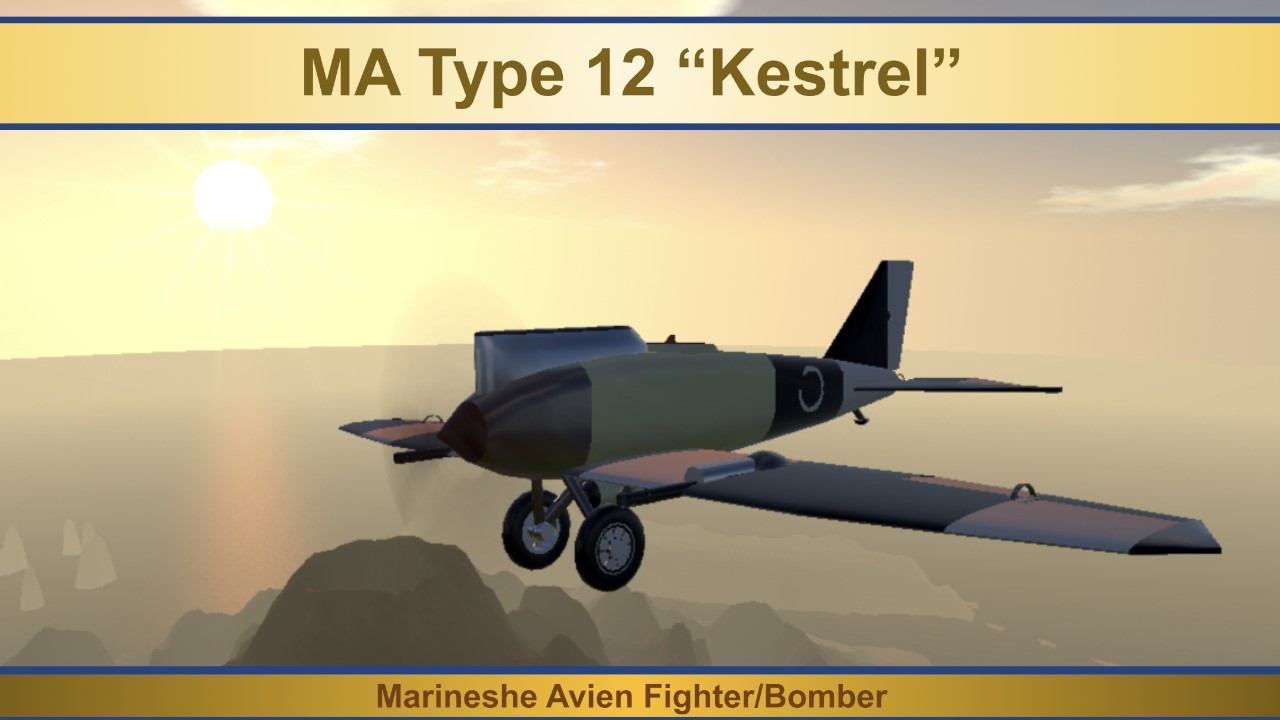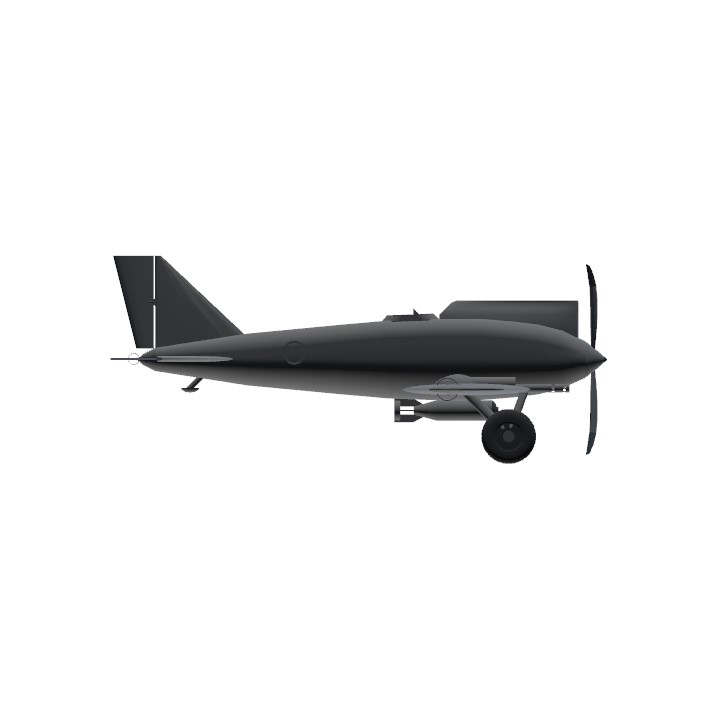The Kestrel was an improvement over previous monoplane designs with improved aerodynamics and sturdier airframe. The aircraft was able to mount a single bomb which made it suitable for quick bombing runs or ground support roles, while its speed and agility ensured its place as a small capable fighter. But despite the achievements, the Type 12 was small and could be unstable. It took an experienced pilot to bring out the true capabilities the plane.
The aircraft has rudder trim and elevator trim operated by VTOL and Trim respectively. Rudder trim aims to counteract the torque of the engine in long distance flight.
1917 Flight Manual Improved Edition for the Type 12 Kestrel Fighter.
Recent reports from the front have have shown a high pilot mortality due to the instability of the aircraft in flight. This document aims to rectify the issues found through pilot retraining until improvements to the airframe can be made.
Take off and Landing Procedures
To take off safely, set throttle to 32% and set trim to fully to the down position. If the nose seems likely to strike the ground, pitch up slightly. plane will want to rotate at 80-90mph. One in the air push throttle to full and set rim to desired setting.
To land, come in as close to the landing zone as possible then set throttle to 10% and trim to half way down. Try to glide in and reduce throttle to 5%. The moment before ground contact is made, cut throttle and reduce trim to 25% down. Do not brake hard
General Flight
The plane is very sensitive, and great care should be made to not tumble out of the sky. When entering a banking turn, pull the stick back very lightly and use a little rudder too to counteract the pitch of the aircraft. Never pull or push hard on the stick, that is how your spouse will receive a visit from a chaplain, a letter, and a little black winged pin with your bloodied flight cover. To not instigate that, gently move the stick when pitching the aircraft. Roll and yaw have proven to be stable. No change in use is applicable for those controls.
“The plane was known as a widow maker and its pilot mortality rate was higher than any other aircraft at the time. 12 Kestrels were grounded as no one wanted to pilot them”
-Paraphrased from YourLocalHuman’s frontline news report
Specifications
General Characteristics
- Predecessor War challenge: 1917 (closed)
- Created On iOS
- Wingspan 25.4ft (7.8m)
- Length 17.4ft (5.3m)
- Height 7.4ft (2.2m)
- Empty Weight 1,230lbs (558kg)
- Loaded Weight 1,498lbs (679kg)
Performance
- Horse Power/Weight Ratio 0.667
- Wing Loading 12.9lbs/ft2 (63.0kg/m2)
- Wing Area 116.0ft2 (10.8m2)
- Drag Points 1551
Parts
- Number of Parts 83
- Control Surfaces 2
- Performance Cost 349





@Yourlocalhuman welp, I guess I’ll rename it to widow maker and try to create instructions for better handling. The Polikarpov I-16 had issues similar to mine, so I’ll try a redesign.
You may want to read news about your plane in the war status table
Oh wow